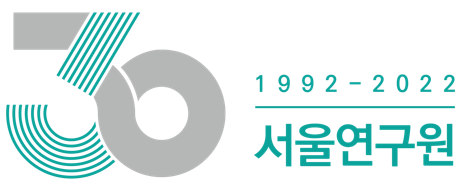-
주택
주택보급률
-
주택보급률
서울의 주택보급률은 1980년대 중반 58% 수준에서 2005년 현재 90%로 지속적으로 향상되고 있다. 이는 특히 1980년대 말과 1990년대 초의 주택 200만호 공급정책, 재개발 활성화 및 다세대·다가구·연립주택 건축 활성화 등에 기인한다. 공간적 분포를 살펴보면 노원구, 강서구, 서초구 등 자가가구 비율이 높은 지역이 주택보급률도 높게 나타나며 광진구, 중랑구 지역에서 주택보급률이 낮게 나타나는데 이는 전·월세가 우세한 지역과 유사한 분포를 나타낸다.
주택재고와 주택보급률의 지속적인 증가에도 불구하고 실질적으로 자기 집에서 살고 있는 가구의 비율은 계속 감소하고 있는데 이는 높은 주택가격으로 내집 장만이 어렵기도 하지만 내집이 있어도 직장이나 자녀교육문제 등으로 이사를 자주하기 때문이다.
HOUSING SUPPLY TO DEMAND RATIO
Housing supply to demand ratio in Seoul steadily climbed from 58% in mid 1980s to 90% in 2005. This is attributable to the policy of supplying 2 million houses in late 1980s and early 1990s, revitalized redevelopment, as well as increasing multiplex houses, multiple dwellings and row houses. The housing supply to demand ratio is high in regions with high home ownership ratio, as shown in Nowon-gu, Gangseo-gu and Seocho-gu. Gwangjin-gu and Jungnang-gu have a relatively low housing supply to demand ratio, a pattern shown in the region with high rates of chonsei and monthly rent.
Despite the steady increase in housing stock and houses supplied, the rate of home ownership have been on the decline. This is because high housing price make it difficult for common people to own a house, and even home owners change their residence due to their workplace and childhood education.
출처 : 통계청, 인구주택총조사보고서, 2005



